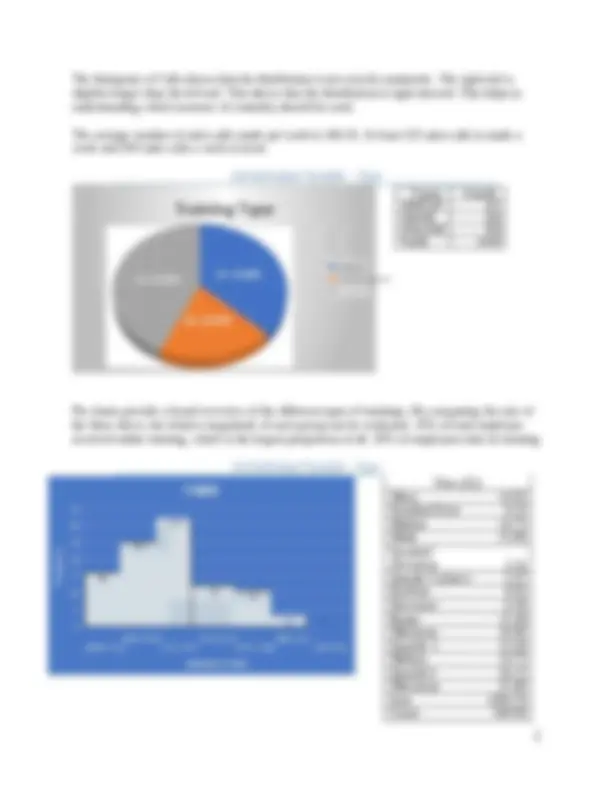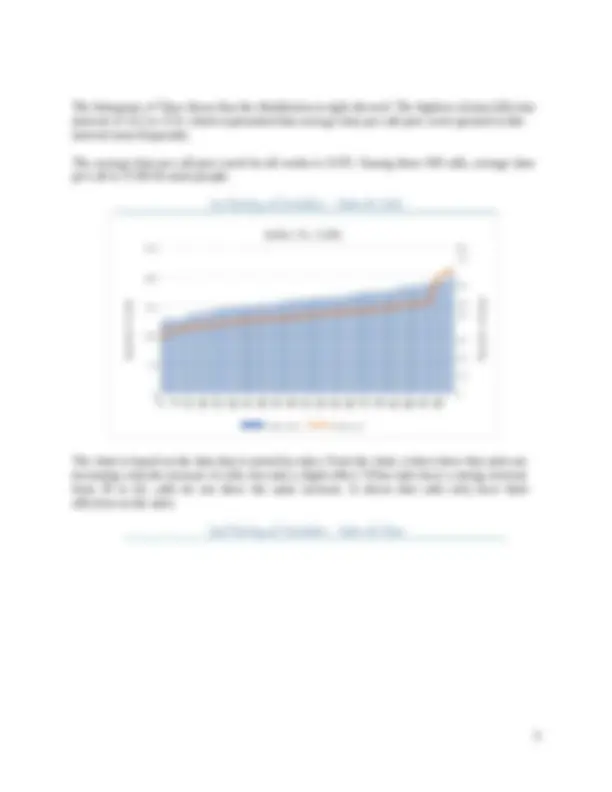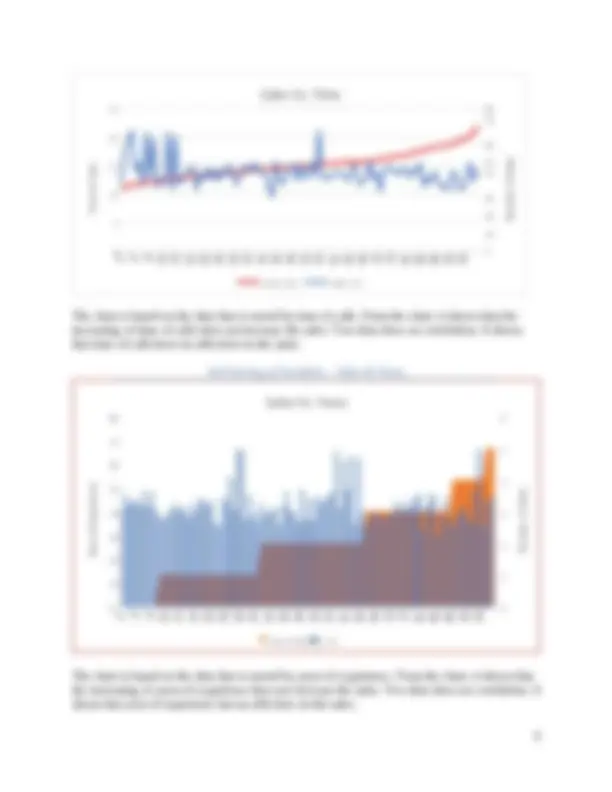





Study with the several resources on Docsity

Earn points by helping other students or get them with a premium plan


Prepare for your exams
Study with the several resources on Docsity

Earn points to download
Earn points by helping other students or get them with a premium plan
Community
Ask the community for help and clear up your study doubts
Discover the best universities in your country according to Docsity users
Free resources
Download our free guides on studying techniques, anxiety management strategies, and thesis advice from Docsity tutors
An exploratory data analysis of sales calls, training type, and time, using descriptive statistics. It analyzes the distribution of these variables and explores the relationship between sales and factors like calls, time, and years of experience. The analysis is conducted using histograms, pie charts, and scatter plots, providing insights into the data and potential correlations.
Typology: Assignments
1 / 6

This page cannot be seen from the preview
Don't miss anything!




Calls (X1) Mean 160. Standard Error 1. Median 160. Mode 127. Standard Deviation
Sample Variance 371. Kurtosis -0. Skewness 0. Range 79. Minimum 125. Quartile 1 147. Median 160. Quartile3 174. Maximum 204. Sum 16033. 00 Count 100. Course Project, Part A: Exploratory Data Analysis Brief Introduction This is Project A, exploratory data analysis will be conducted, and descriptive statistics is applied to three individual and three pairs of variables. Analysis and interpretation will be done based on the data. 1st Individual Variable - Calls
250 80 70 200 60 150 50 40 (^100 ) 20 50 10 0 0 Calls (X1) Sales (Y) The histogram of Time shows that the distribution is right skewed. The highest column falls into interval of 14.2 to 15.9, which represented that average time per call peer week speared in this interval most frequently. The average time per call peer week for all weeks is 14.95. Among these 100 calls, average time per call is 15.60 for most people. 1st Pairing of Variables – Sales & Calls The chart is based on the data that is sorted by sales. From the chart, it does show that sales are increasing with the increase of calls, but only a slight affect. When sales have a strong increase from 50 to 62, calls do not show the same increase. It shows that calls only have limit affection on the sales. 2nd Pairing of Variables – Sales & Time Number if Calls Number of Sales
25 80 70 20 60 15 50 40 (^10 ) 20 5 10 0 0 Time (X2) Sales (Y)
80 6 70 5 60 4 50 40 3 30 2 20 1 10 0 0 Years (X3)Sales (Y) The chart is based on the data that is sorted by time of calls. From the chart, it shows that the increasing of time of calls does not increase the sales. Two data show no correlation. It shows that time of calls have no affection on the sales. 3rd Pairing of Variables – Sales & Years The chart is based on the data that is sorted by years of experience. From the chart, it shows that the increasing of years of experience does not increase the sales. Two data show no correlation. It shows that year of experience has no affection on the sales. Years of Experience Time of Calls Number of Sales Number of Sales